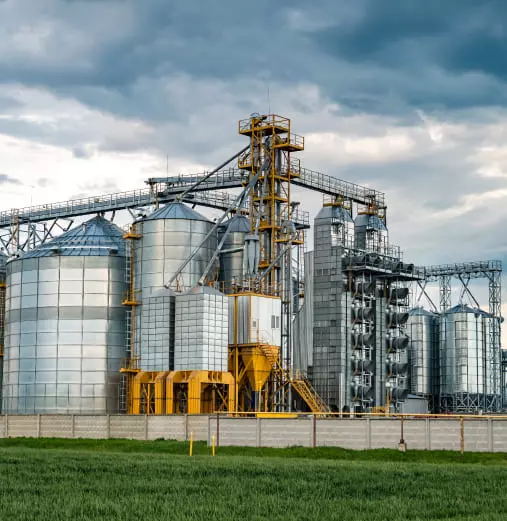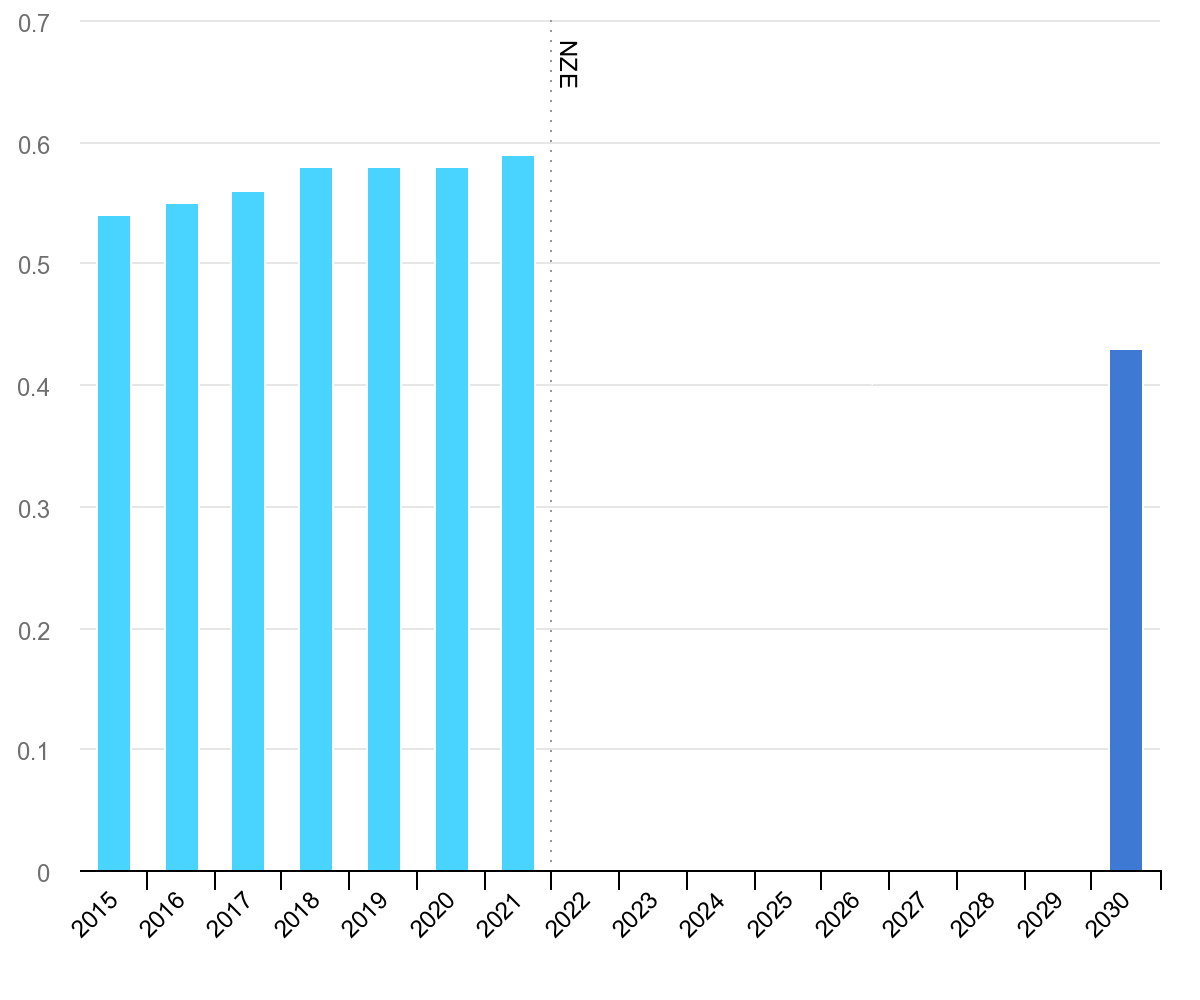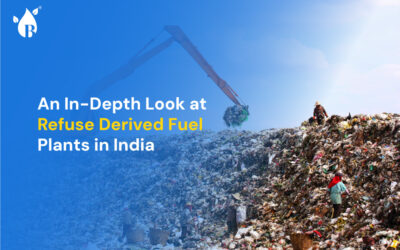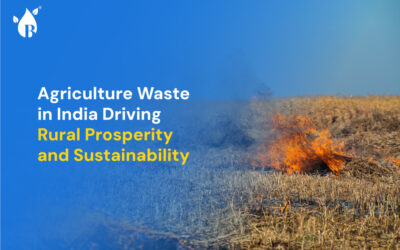
Cement is a critical component in the construction industry. However, due to the booming climate change talks, I can’t help but think about pollution, smoke, and emission it causes right now. Why?
The process of cement production includes a tremendous amount of heat, as well as limestone and coal. This makes it one of the largest contributors to global greenhouse gas emissions. The by-products that include CO2, NOx (nitrogen dioxide), SOx (sulfur dioxide) and dust are harmful to the environment.
However, you must know that cement industries are now using new processes and technologies to reduce the effect on climate change. Let’s unravel how!
Existing Cement Industry Scenario in India
Cement industry is responsible for 8% of CO2 emissions worldwide, according to a Chatam House analysis. The Paris Agreement, which seeks to limit the rise in global temperature to below 2 degrees Celsius, is at odds with this reality.
The cement production is considered to be the most energy-intensive industry in India as well. In fact, it is the third largest consumer of coal in the country, after electricity and steel. The industry also produces a lot of CO2 emissions and solid waste. It is estimated that each ton of cement makes 10 tons of CO2 emissions. A lot, isn’t it?
Also, the International Energy Agency explicitly states, “ The direct CO2 intensity of cement production increased about 1.5% per year during 2015-2021. In contrast, 3% annual declines to 2030 are necessary to get on track with the Net Zero Emissions by 2050 Scenario” the current pace at how cement industry is moving. And, there is a hope to stand back on Net-Zero!:

Image Credit: IEA
Let’s Understand How Cement is Produced
Cement is a crucial building material. It’s used to make concrete and mortar, and it’s the main ingredient in mortar mix.
Cement production involves the crushing and grinding of limestone and clay, which are then mixed with water and additives to form clinker. Clinker is then heated at high temperatures to form “bricks” of raw cement. After it’s cooled, these bricks are ground into powder that can be used in concrete mixtures.
Clinker is the byproduct of limestone processing while cement is a binding agent made from a mixture of Portland cement, water, and sand. This mixture is then heated at high temperatures, which causes the calcium carbonate to bond with other elements in the mixture and create a strong, flexible material.
The clinker-to-cement ratio is the ratio of the amounts of clinker and cement used in a concrete mix. It is typically expressed in the form of a percentage. For example, a clinker-to-cement ratio of 50% indicates that for every 100 kg of cement used, 50 kg of clinker is used. To put it simply, this ratio determines the quality of concrete. The less the clinker, the better the quality.
Biomass Briquettes – An Alternative Fuel for Cement Plants
India is one of the countries that has a surplus of biomass. Since, the cement industry heavily relies on fuel, it’s no wonder that biomass briquettes are becoming a choice of fuel for cement industries.
Biomass briquettes are made from agricultural waste products like rice husks, cashew shells, or sawdust. This waste material is first reduced into small pieces before being heated at high temperatures (1,000 degrees Celsius) until it produces a solid mass that resembles coal or charcoal.
Biomass briquettes can be used as a replacement for coal in cement plants because they burn with very little smoke and produce no ash residue. They also require less energy than coal to heat up, so they allow cement plants to reduce their greenhouse gas emissions by up to 90%.
Also, the process of how biomass briquettes are used in recent years is simple: The plant mixes the biomass briquettes with limestone and other materials to make cement. Then they use this mixture as fuel for their kilns to create concrete and other building materials.
Large cement companies’ actions to reduce CO2 emissions
Apparently, the first biomass briquette plant in India was opened by Jindal Steel & Power Limited (JSPL) at its Visakhapatnam Steel Plant in Andhra Pradesh in 2016. The plant uses approximately 200 tonnes of biomass briquettes per day to fuel its boilers instead of coal, which helps reduce emissions from its smelters by 40%.
Also, several other major cement companies such as UltraTech Cement, Ramco, and Dalmia Cements procure briquettes to feed their boilers. Buyofuel serves such clients for not only their briquettes requirements but also deal with other required emission-less biomass fuels.
As part of its new “Future Today” branding, Dalmia Cement has stated its intention to reduce its net CO2 emissions to below 0t/yr by 2040. According to the company’s goal, it will switch to renewable energy by 2030 and use plant matter and refuse-derived fuel (RDF) for all of its fuel requirements. Similarly, UltraTech plans to generate a target of 25% of its total power consumption via green fuels.
Noteworthily, several other cement plants have been using biomass briquettes instead of coal as their primary fuel source. This has led to a decrease in emissions and an increase in productivity.
Related blog: The Importance of Reducing CO2 Emissions in the Battle Against Climate Change
Conclusive Words
The increase in cement production is anticipated in India as it is developing infrastructure, rising population and industrialization at a very fast pace. To control emissions in the cement industry and to align it with net zero goals, sharper focus must be employed on two critical aspects, which is, lowering the clinker-to-cement ratio (especially by promoting mixed cements) and implementing cutting-edge technology, like carbon capture and storage and clinkers produced from alternative source materials. Alongside, the government’s focus on incentives, policies, investment and innovation stimulation in green technologies, and finally a clear roadmap on decarbonization strategies will play a vital role in the CO2 reduction of the cement industry.



